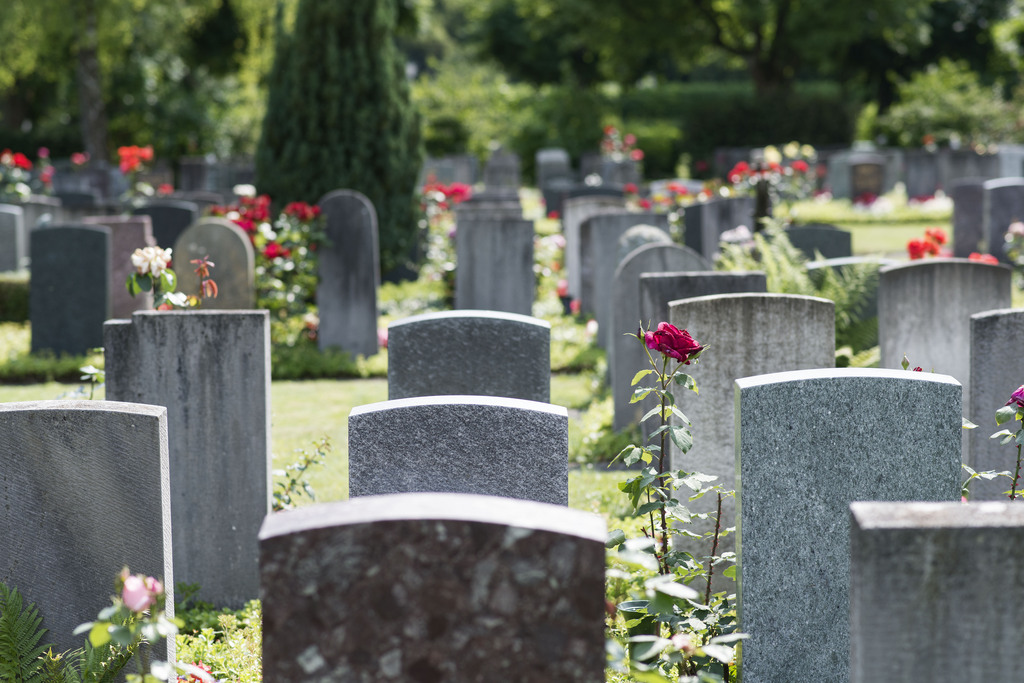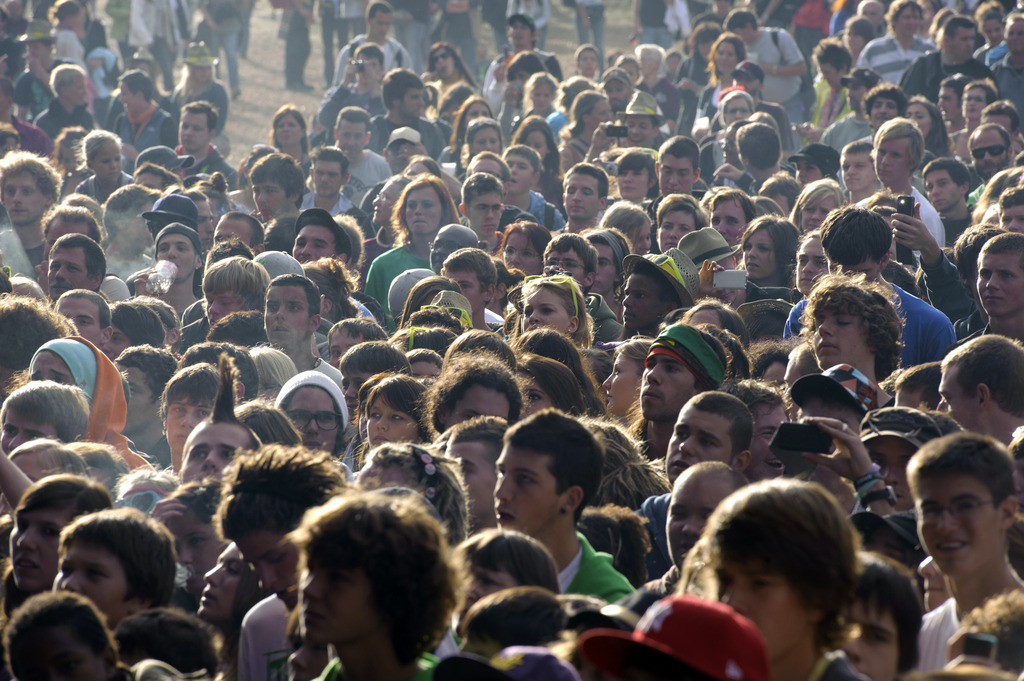Hatchings, matchings and dispatchings since 1801

For the first time, natural Swiss population change going back to the 19th century is available online. One finding is that three times since then, the annual death rate in Switzerland reached levels that are normal today: 1817, 1871 and 1918.
Deaths and births in the Federal Statistical Office’s interactive database go back to 1803, marriages and divorces to 1801.
When Mount Tambora erupted in the Dutch East Indies (Indonesia) in 1815, it ejected immense amounts of volcanic ash into the upper atmosphere, blocking out the sun and causing temperatures to fall around the world. The following year is now known as the “Year without a Summer”.
This resulted in major food shortages across the Northern Hemisphere, with food riots breaking out in Britain and France. The violence was worst in Switzerland, where famine caused the government to declare a national emergency.
In eastern Switzerland, the summers of 1816 and 1817 were so cool that an ice dam formed below a tongue of the Giétro Glacier high in the Val de Bagnes. The ice dam collapsed catastrophically in June 1818.
In 1817, roughly twice the normal number of people died in Switzerland: 62,600 out of a population of 1.7 million.
Following the Franco-Prussian war (1870-1871), 74,000 Swiss perished in a smallpox epidemic – a figure that the Statistical Office said won’t be reached again until 2028. Currently, around 64,000 people die in Switzerland every year.
In 1918, the number was even higher: 75,000 Swiss died in the Spanish flu pandemic.
Eat, drink and remarry
The office also pointed out that birth rates have also been affected by catastrophes and periods of political instability, for example at the beginning of the 1870s, after the First World War and during the 1970s oil crisis.
In addition, the data show that more boys are regularly born than girls and that child mortality is 60 times lower today than it was in 1876.
When it comes to marriage, trends have changed between 1880 and 2012: whereas in 1880 most people who remarried were widows/widowers, nowadays most people tying the knot for the second time are divorcees.

In compliance with the JTI standards
More: SWI swissinfo.ch certified by the Journalism Trust Initiative


You can find an overview of ongoing debates with our journalists here. Please join us!
If you want to start a conversation about a topic raised in this article or want to report factual errors, email us at english@swissinfo.ch.